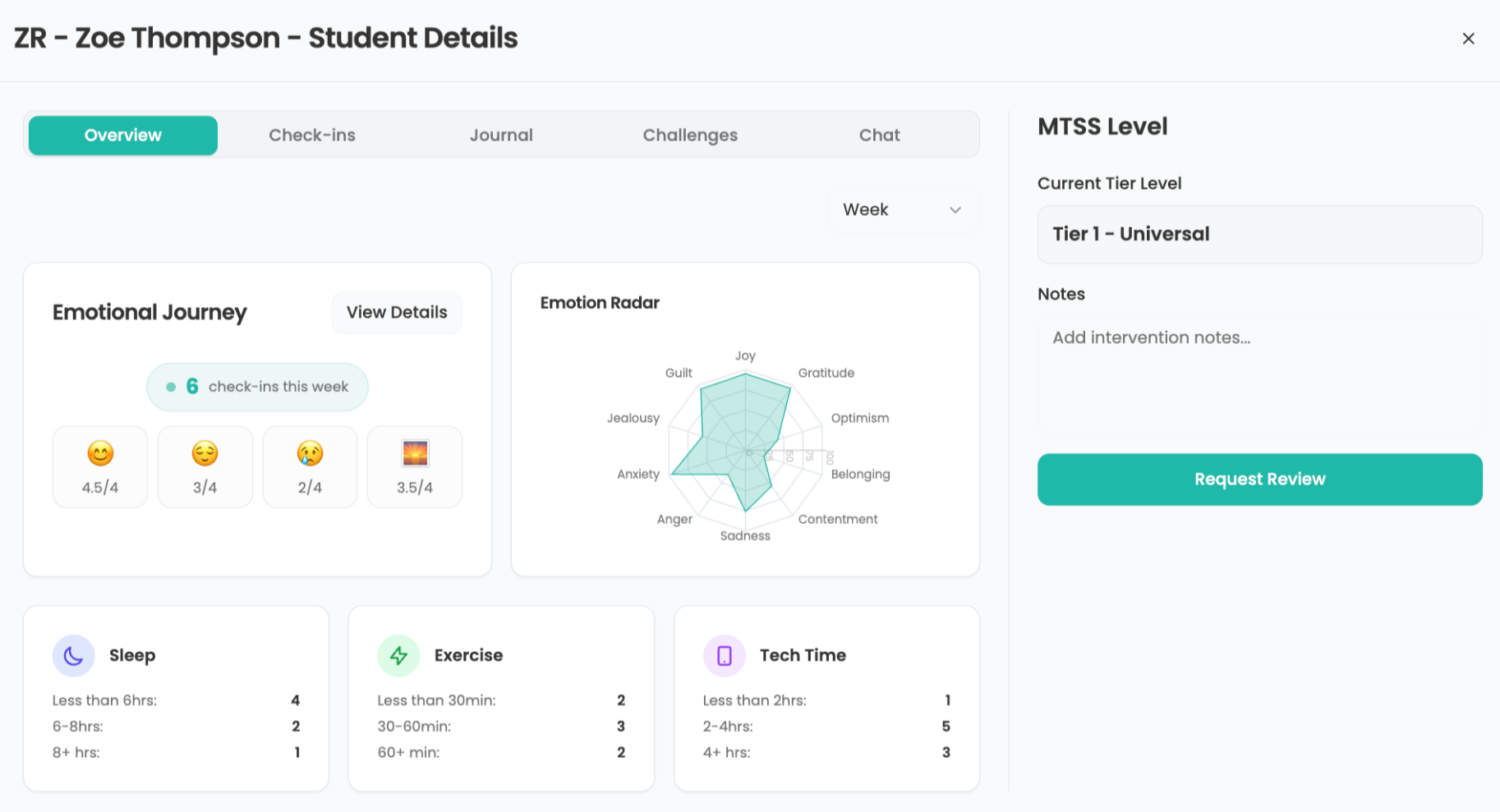The Back Page
Gleanings
Summer Surfing
Teachers assigning that perennial "How did you spend your summer vacation?" essay should expect to hear about kids' virtual travels as much as, if not more than, their in-the-flesh journeys. That's because youngsters are more likely to use the Net in June and July than any other time, according to a Symantec survey. The study, which polled 1,000 children ages 7 to 18, found that 44 percent of kids spend more than two hours online per day in the summer, compared to 23 percent who spend the same amount of time logged on during the school year.
Digital Testing on the Rise
States are increasingly giving computer-based exams, says Education Week, whose Technology Counts 2003 study determined that 12 states and the District of Columbia have either implemented or are piloting computerized high-stakes tests. Interestingly, only five of those states-Idaho, Kansas, Oregon, Utah, and Virginia-have designed tests that meet federal No Child Left Behind requirements. For statistics and a detailed analysis, check out the report at www.edweek.org (registration required).
Cutbacks Take Toll on Tech
When we asked readers in our April Trend Watch if recent funding cuts have hurt their technology department, the response was overwhelming. Of the people who took our online QuickPoll, 95 percent answered "yes," citing major reductions-and in some cases total elimination-of technology personnel, upgrades, and training. One reader wrote: "We are barely maintaining the complex infrastructure that previous state monies have allowed us to build." Another commented: "The librarians at our schools are being forced to take on the role of technology specialists at our site. Not good."
Tools and ideas to transform education. Sign up below.
Hit List
Articles
In "A New Deal for Teachers," featured in the July/August issue of The Atlantic Monthly, writer Matthew Miller outlines an ambitious, so-crazy-it-just-might-work plan for provoking a revolution in teacher quality in schools. His idea: raise teacher pay in poor schools by 50 percent in return for scrapping both tenure and the current union pay scale. The results, posits Miller, will be a larger pool of talented college students attracted to the profession; the relatively quick dismissal of poorly performing teachers; and significantly more pay for the top-performing ones. Well written and logically argued, the article weighs reactions to the proposed solution from both the left and right and also surveys educators' opinions on the complex issue of evaluating teacher performance. It also provides a taste of Miller's book, The Two Percent Solution: Fixing America's Problems in Ways Liberals and Conservatives Can Love, from which the article was drawn. www.theatlantic.com
Online
Last year, the Massachusetts Institute of Technology launched MIT OpenCourseWare, a bold initiative to make the university's course material available for free to anyone in the world. At press time, 61 courses-from Quantum Physics to Anthropology of the Middle East-were available, and hundreds more are slated to be added in the 2003-2004 school year. High school teachers browsing through OCW's offerings will find impressive curriculum resources. An introductory genetics course, for example, included PDF files of lecture notes, problem sets and solutions, exams, and study guides. Another class, "Media, Education, and the Marketplace," brings users even closer to the real-life MIT experience by offering streaming video clips of selected lectures. While certainly no substitute for a college education, OCW gives the public an opportunity to learn a few things from some ridiculously smart people. www.ocw.mit.edu
Read other articles from the August Issue
